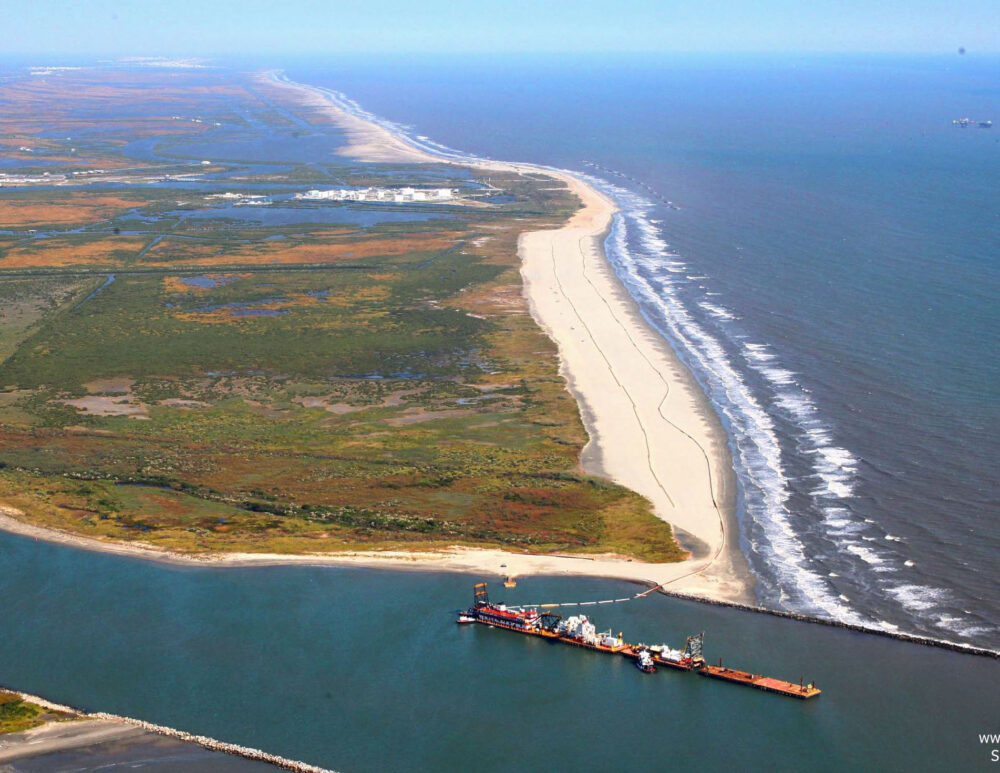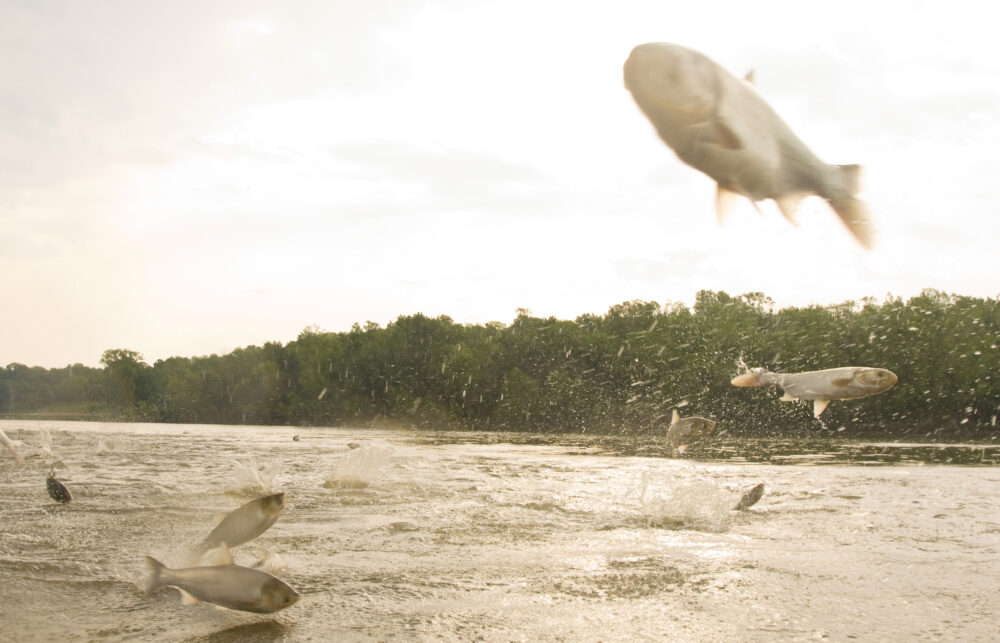We have much more to do and your continued support is needed now more than ever.
Fossil Fuel-Free Army Base
<!–
/* Style Definitions */
p.MsoNormal, li.MsoNormal, div.MsoNormal
{mso-style-parent:"";
margin:0in;
margin-bottom:.0001pt;
mso-pagination:widow-orphan;
font-size:12.0pt;
font-family:"Times New Roman";
mso-fareast-font-family:"Times New Roman";}
a:link, span.MsoHyperlink
{color:blue;
text-decoration:underline;
text-underline:single;}
a:visited, span.MsoHyperlinkFollowed
{color:purple;
text-decoration:underline;
text-underline:single;}
@page Section1
{size:8.5in 11.0in;
margin:1.0in 1.25in 1.0in 1.25in;
mso-header-margin:.5in;
mso-footer-margin:.5in;
mso-paper-source:0;}
div.Section1
{page:Section1;}
–>
By 2017, many of the 25,000 soldiers and civilian employees
who live and work at Fort Lewis in Washington state could live on a sprawling campus transformed into environmentally
sustainable communities complete with public transportation and light rail
systems, bike paths and parks, and LEED-certified homes and businesses.
In the next 10 years, domestic Army posts will work to increase renewable
energy consumption, eliminate fossil fuel use, and expand ‘green’ building
standards.
Environmental chief Paul Steucke says the ultimate goal is a
community where all energy comes from renewable sources and residents have no
need to drive on post. "We think we can do this, but I’m not Pollyanna
about it. I realize there’s a lot of challenges in getting there," Steucke
told the Federal
Times.
Since 2000, Fort Lewis and 12 other Army
posts have set 25-year sustainability goals to reduce or eliminate consumption
of fossil fuels, build facilities that exceed national standards for energy
conservation and environmental design, and preserve open lands and natural
habitats. Leaders say building sustainable installations ultimately saves money
and natural resources.
"Soldiers must have the land, water, air and energy
resources they need to train, a healthy environment in which to live, and the
support of local communities and the American people," Tad Davis, deputy
assistant secretary of the Army for environment, safety and occupational
health, said earlier this year.





















